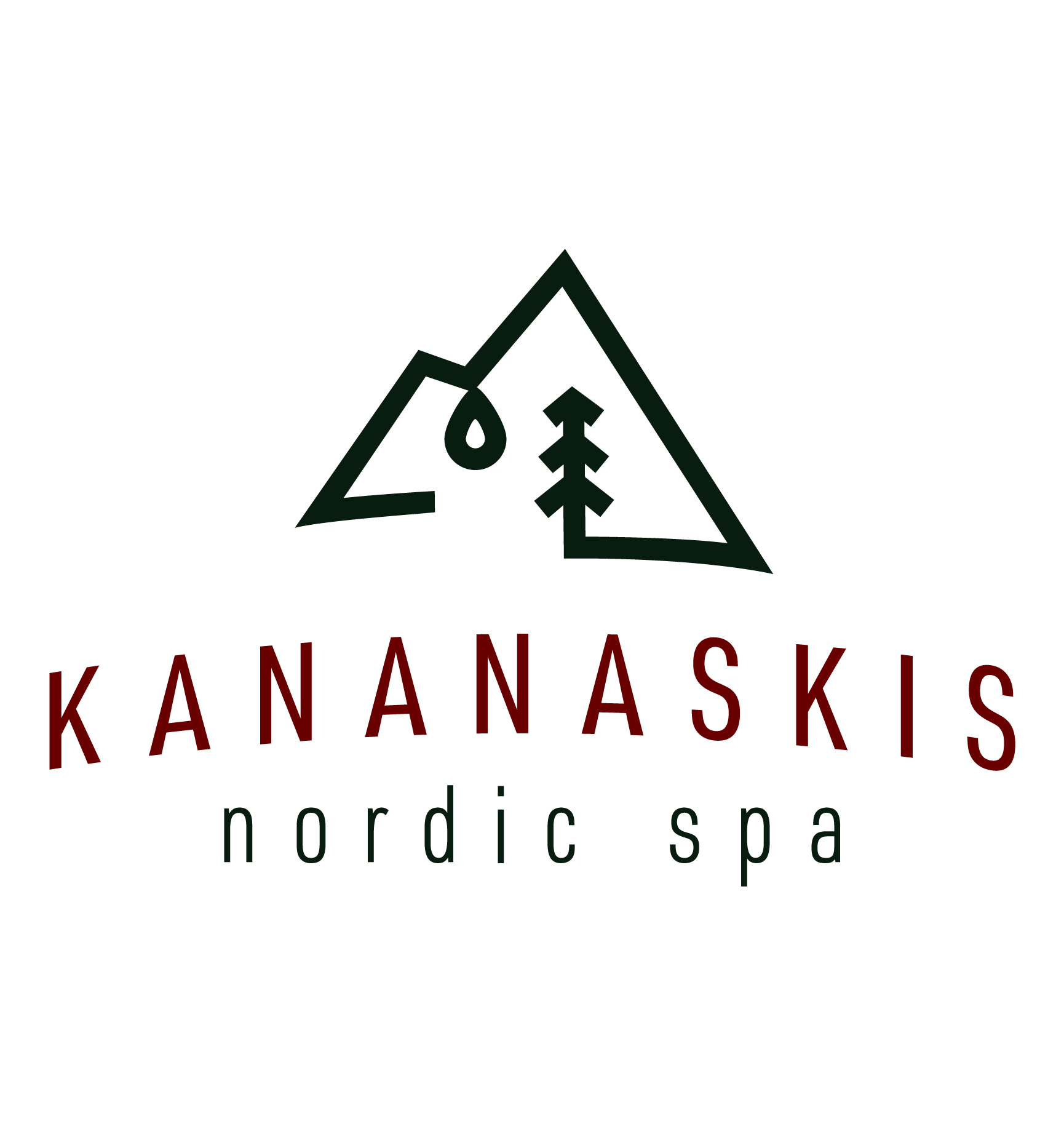Title Page
-
Site conducted
-
Conducted on
-
Inspection Team
-
Workspace inspected
Worksite Inspection Instruction
Sheet1
-
The inspection process is one of the most valuable assets a company has in evaluating its occupational health and safety performance. An inspection examines what physically exists within a workplace and compares it to a standard to assess its safety performance. The inspections are completed as a proactive means to ensure that the risk of an accident/incident from occurring is at its lowest possible level. They ensure compliance with the law, but also conformance to a higher standard. An effective inspection process includes the following goals:
1) To identify possible hazards.
2) To identify equipment/machinery deficiencies.
3) To identify unsafe colleague actions.
4) To evaluate the effects of change.
5) To identify inadequacies in corrective action(s).
6) To demonstrate Kananaskis Nordic Spa’s commitment to the health and safety of its colleagues, and to the continued prosperity of the workplace.
Unsafe acts and unsafe conditions in the workplace are precursors to accidents. An accident can be defined as an uncontrolled event with undesirable consequences. The workplace must be inspected closely on a regular basis to ensure that unsafe acts and unsafe conditions are identified, so that they can be controlled. When proactive measures are taken, such as the workplace inspection, to reduce the possibility of an accident from occurring, Kananaskis Nordic Spa’s damage to personnel, property, and profits are minimized. -
When you find an issue/hazard that needs to be corrected, please use the following Hazard Rating levels so we can determine the appropriate time frame in which the issue/hazard should be addressed.
-
Hazard Classes:
-
High Hazard A condition or practice likely to cause death, permanent disability, loss of life or body part, and/or extensive loss of structure, equipment or material. Corrected in approximately 3 days
-
Medium Hazard A condition or practice likely to cause serious injury or illness resulting in temporary disability or property damage. Corrected in approximately 15 days
-
Low Hazard A condition or practice likely to cause a minor, nondisabling injury or illness, or nondisruptive property damage. Corrected in approximately 45 days
Items to Observe
Postings (conspicuously available to employees)
-
Health and Safety Policy, WCB "In Case of Injury at Work", Trained First Aiders List, Previous JHSC meeting minutes, SDS Binder
Employee Responsibilities Occupational Health and Safety Act (OHSA)
-
Are employees using and wearing devices and personal protective equipment required by Kananaskis Nordic Spa or as listed in the OHS Act, Regulation, or Code
Emergency Equipment & Fire Prevention
-
Any materials blocking hallways or fire exits or fire equipment?
-
Emergency exits unlocked, closed at all times, clearly marked and lit?
-
Fire extinguishers are located within easy reach?
-
Materials do not impede light fixtures, hot service pipes, or smoke detectors?
-
The emergency lighting is positioned to allow egress if required during an emergency?
First Aid
-
First Aid equipment is easily accessible?
-
Have first aid kits been inspected monthly? is the kit full of supplies.
Personal Protective Equipment
-
Has the Leader provided the proper type of personal protective equipment required to work safely in all situations?
-
Is the personal protective equipment in good working order and stored in a clean location?
General Tidiness
-
Are garbage bins located at suitable points and emptied regularly?
-
Are floors clean?
-
Are there any slip or trip hazards present?
-
Are materials and tools cleaned up and put away immediately after use?
-
Are electrical panels kept clear of obstructions and closed?
-
Ensure that lighting is adequate and replaced when necessary
Hazard Inventory
-
Ask an Employee to list the top 3 rated hazards in their department
Chemical Hazards
-
Are Material Safety Data Sheets readily available to employees?
-
Are spills cleaned up using the appropriate method (as indicated on the safety data sheet)?
-
Are eyewash stations provided in areas where potential injury from exposure to biological or chemical substances are handled? Are they clean, working, and readily accessible?
-
Are chemicals properly labeled and put in their proper storage locations after use?
Electrical Hazards
-
Are all cords and cables intact and secure?
-
Are the plugs located in wet environments equipped with ground fault interuptors (GFI)?
-
Extension cords are not spliced, not used as permanent wiring, not hidden under rugs, not damaged or deteriorated?
Storage
-
Materials are safely stacked or piled?
Ergonomic Hazards
-
Are computer workstations set up properly to minimize musculoskeletal disorders?
-
Are the tasks fitted to the employee?
-
Is there an easier way of completing the task?
Area Specific Questions
-
Are the employees wearing approved footwear
-
Employee Question: What PPE do you wear and use on a regular basis and what jobs would you do when you wear it?
-
Check employees PPE for cleanliness and is it in good repair
-
Employee Question: what are your specific responsibilities if you were to discover a fire
-
Employee Question: Where is your departments SDS binder
-
Employee Question: What do you need to do if you hurt yourself at work
-
Employee Question: What are your three rights as a worker under the legislation
Employee Contacts
-
Name:
-
Name:
Leader Contacts
-
Name:
-
Name:
Leaders and Committee Members Review
-
JHSC Employee Rep(s):
-
Department Leader (Signature):
-
General Manager:
Notes:
-
Please make general comments on any areas that require immediate attention








